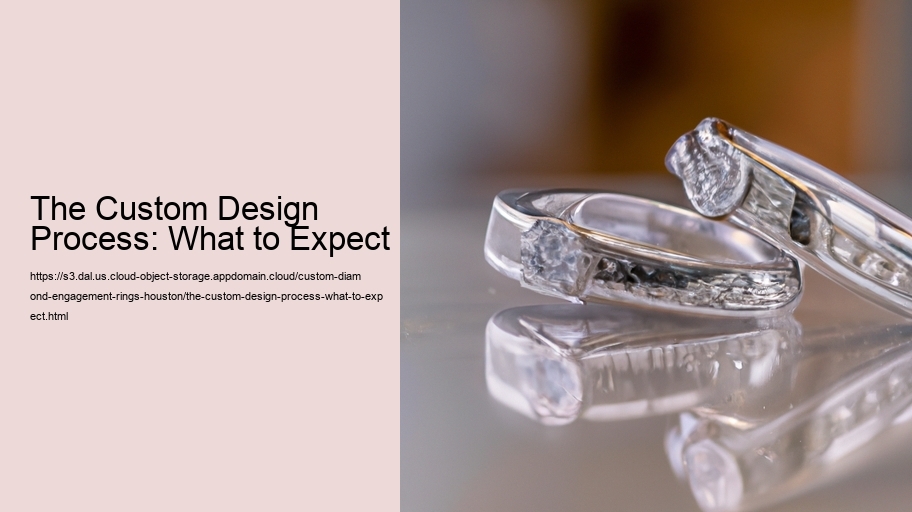The Custom Design Process: What to Expect
undefined undefined undefined.
Embarking on a custom design project can be both exhilarating and daunting. Whether you're designing a bespoke piece of furniture, a tailor-made garment, or even a unique digital interface, the custom design process promises a product that is uniquely yours. However, this journey requires clear communication, patience, and collaboration. Here's what you can expect from the custom design process, step by step.
Initial Consultation and Idea Formation
The journey begins with an initial consultation. This is perhaps the most critical stage as it sets the tone for the entire project. During this meeting, the designer aims to understand your vision, preferences, and requirements. You might be asked to share your inspirations-be it mood boards, sketches, photographs, or even a Pinterest board. This is the time to communicate your ideas as vividly as possible. The designer will ask clarifying questions to ensure they capture your essence and aspirations.
Concept Development
Armed with your input, the designer moves on to the concept development phase. Here, they distill your ideas into preliminary sketches or digital renderings. This phase is iterative; expect several rounds of feedback and revisions. You will be consulted to ensure that the designs align with your vision. This collaborative back-and-forth is crucial for fine-tuning the concept. It might seem time-consuming, but it's essential for achieving a result that you'll be thrilled with.
Detailed Design and Specifications
Once the concept is approved, the designer delves into the nitty-gritty details. This stage involves creating detailed drawings, selecting materials, and specifying dimensions. If you're designing a piece of furniture, for example, this is when you decide on wood types, upholstery fabrics, and finishes. If it's a digital product, wireframes and user interface designs are fleshed out. The goal is to create a comprehensive blueprint that leaves no room for ambiguity.
Prototyping and Testing
Depending on the nature of your project, a prototype might be created. This could be a scaled-down model, a fabric sample, or a beta version of a software application. Prototyping serves as a tangible representation of the final product, allowing you to see, touch, or interact with it before full-scale production begins. During this phase, any issues can be identified and resolved, ensuring that the final product meets your expectations.
Production and Fabrication
With the prototype approved, the project moves into the production phase. This is when skilled artisans, craftsmen, or developers bring the design to life. The timeline for this phase can vary widely depending on the complexity of the project. Regular updates from the designer will keep you informed about progress. This phase requires trust in the expertise of the professionals involved, as they translate the detailed plans into a finished product.
Final Review and Adjustments
Once the product is complete, a final review is conducted. This is your opportunity to inspect the work and ensure that it meets all your specifications. Minor adjustments can often be made at this stage to perfect the final outcome. The designer will work with you to address any last-minute tweaks or concerns, ensuring that you are completely satisfied.
Delivery and Installation
The final stage involves the delivery and installation of your custom-designed item. For physical products, this might mean delivering a piece of furniture and setting it up in your home. For digital products, it could involve launching the software or website and ensuring it functions smoothly. The designer may offer support or instructions to help you get the most out of your new custom piece.
Post-Project Support
Even after the project is officially completed, many designers offer post-project support. This could include maintenance advice, troubleshooting, or future updates. Good designers value long-term relationships and are invested in your continued satisfaction.
Conclusion
The custom design process is a collaborative and iterative journey that transforms your unique vision into reality. While it requires clear communication, patience, and a willingness to engage in a creative dialogue, the end result is a product tailored precisely to your needs and tastes. By understanding what to expect at each stage, you can navigate the process with confidence and anticipation, knowing that the final outcome will be something truly special and uniquely yours.
